Australia is a vibrant, multicultural nation, and that means the demand for ESL - English as a Second Language) teachers are booming! With more and more people from all corners of the globe calling Australia home, there's a growing need for passionate individuals to help them develop their English skills and integrate smoothly into our society.
Maybe you've always had a knack for languages, or perhaps you're looking for a career change filled with purpose. If you enjoy helping others learn and have a heart for different cultures, then becoming an ESL teacher could be the perfect fit for you! It's a rewarding profession that allows you to make a tangible impact on people's lives, while also building a fulfilling career.
So, if this sounds exciting, let's learn about the steps you need to take to become a qualified ESL teacher in Australia.
Becoming an ESL Teacher in Australia
If you've got a passion for languages and a desire to help others, ESL teaching could be the perfect career move for you! But before you start planning your first lesson, let's break down the steps to becoming a qualified ESL teacher in Australia.
Qualifications: Your Foundation for Success
The first thing on your checklist is getting the right qualifications. Here's the basic breakdown:
Bachelor's Degree: You'll need a bachelor degree in any field from a recognized university. It shows you have the academic foundation needed for teaching.
TESOL Qualification: This is your key to unlocking the world of ESL teaching! TESOL stands for Teaching English to Speakers of Other Languages. A TESOL qualification provides you with the specialised knowledge and skills needed to effectively teach English to non-native speakers. There are various TESOL courses available, so you can choose the format that best suits your schedule and learning style.
Looking to Get Started Faster?
Maybe you don't have a teaching qualification yet, but you're eager to gain some valuable teaching skills. Trainer Assessor Course: TAE40122 Certificate IV in Training and Assessment is a nationally recognized qualification that provides a solid foundation in teaching principles, curriculum development, and assessment strategies. While it doesn't replace a TESOL qualification, it can be a great stepping stone on your journey to becoming an ESL teacher.
Alternative Pathways: Building on Existing Skills
Already hold a teaching qualification? Great news! You might be eligible to take a shorter TESOL course or a postgraduate Master of Teaching with a TESOL specialization. Check with your preferred university or training provider to see what options align with your existing qualifications.
Registration & Accreditation: Making it Official
Once you've got your qualifications, you'll need to register with the appropriate body depending on your desired work environment:
Schools: To teach ESL in Australian schools (primary or secondary), you'll need to register with the Australian Institute for Teaching and School Leadership. They'll assess your qualifications and ensure you meet the national teaching standards.
Private Language Schools: For private language schools, the registration process might vary slightly. TESOL Australia is a great resource to check accreditation requirements for specific schools.
Skills & Qualities
Of course, qualifications are just one piece of the puzzle. To be a successful ESL teacher, you'll also need a good dose of these essential skills:
Patience: Learning a new language takes time and effort. Be prepared to offer plenty of encouragement and support to your students.
Communication Skill: The ability to explain complex concepts in simple terms is crucial. Remember, your students are coming from diverse backgrounds and may have varying levels of English proficiency.
Cultural Sensitivity: Embrace the richness of different cultures in your classroom. Be sensitive to students' needs and learning styles, and celebrate their diverse backgrounds.
Creating Engaging Lessons: Develop interactive and fun activities that keep your students motivated and engaged.
TESOL Courses and Training Options in Australia
The foundation of your ESL teaching journey lies in a TESOL - Teaching English to Speakers of Other Languages qualification. These courses prepare you with the knowledge and skills to effectively teach English to learners from diverse backgrounds.
TESOL Course Options: There are two main ways to obtain your TESOL qualification:
Online TESOL Courses: These programs offer flexibility and convenience, allowing you to learn at your own pace and around your existing commitments. They typically involve online modules, video lectures, and assignments.
In-Person TESOL Courses: For those who prefer a more immersive learning experience, classroom-based TESOL programs offer interactive learning, hands-on practice with real or simulated students, and the opportunity to network with other aspiring ESL teachers.
Choosing the Right TESOL Course:
The best TESOL program for you depends on your learning style and schedule. Consider the following:
Time Commitment: Online courses typically require less dedicated time per week compared to in-person programs.
Learning Style: Do you prefer independent study or a more interactive classroom environment?
Certification: Ensure the course you choose leads to a recognized TESOL qualification by organizations like TESOL Australia. Home – TESOL Australia
Government Support for TESOL Training:
The Australian Government offers various funding options to assist with the cost of vocational training, including TESOL courses. You can explore options like the Skills and Training Incentives (STI) program or the Trade Support Loan depending on your eligibility. Department of Education
Level Up Your Skills: Diploma of Training & Development (T&D)
Looking to take your teaching skills to the next level? Consider a Diploma of Training Design and Development! This nationally recognized qualification delves deeper into curriculum development, teaching methodology, and assessment strategies. Here's how this Diploma can be a game-changer for your ESL teaching career:
Specialize in Curriculum Development: Gain the expertise to design engaging and effective lesson plans tailored to the specific needs of your ESL learners.
Master Instructional Techniques: Explore a variety of teaching methods and activities to cater to different learning styles and keep your students motivated.
Become a Confident Educator: Develop strong assessment skills to evaluate student progress and ensure they're achieving their learning goals.
Whether you choose a dedicated TESOL course or add the T&D Diploma to your skillset, remember, investing in your training is an investment in your future as a successful ESL teacher!
Finding Your PerfectTeaching Role
Now comes the exciting part – finding your ideal ESL teaching role. Here in Australia, there are several paths you can take, each offering unique experiences and rewards.
Types of ESL Teaching Jobs:
Private Language Schools: These schools offer a variety of English language programs for students of all ages and abilities. You could be teaching general English, exam preparation courses, like IELTS or TOEFL, or business English programs. The environment can be fast-paced and dynamic, and you'll get to work with a diverse range of students. Salary range: $80,000 - $100,000 per year.
Adult Migrant English Programs (AMEP): Funded by the Australian Government, AMEP programs help newly arrived migrants and refugees develop their English language skills for everyday life and employment. This role can be incredibly rewarding, as you'll be directly supporting people in settling into their new homes. About the Adult Migrant English Program (AMEP)
International Schools: These schools cater to students from all over the world and offer a curriculum that may be based on an international framework. Teaching in an international school can be a fantastic opportunity to experience a different culture and education system.
Job Search Tips:
Now that you know the different options, let's talk about landing your dream job!
Resume & Cover Letter: Highlight your TESOL qualification, any relevant teaching experience, and your language skills. Customize your resume and cover letter for each specific position, showcasing how your qualifications align with the school's needs.
Online: Many schools advertise positions on online job boards like Seek and Indeed. You can also network with ESL teachers through professional organizations like TESOL Australia and English Australia.). These organizations often have job boards and professional development opportunities.
Now, the first step is taking action. Start exploring your TESOL training options. Here at Learning Options, we offer a range of high-quality courses designed to train you with the knowledge and skills you need to succeed as a teacher. Whether you're looking for a flexible online program or a more immersive in-person experience, we have something to suit your needs. Our experienced trainers will guide you every step of the way, and upon completion, you'll be well-prepared to launch your dream career in ESL education.
Check Learning Options and explore how we can help you become a qualified and confident ESL teacher!
FAQ
Are ESL teachers in demand in Australia?
Answer: Absolutely! With Australia's population becoming increasingly diverse, ESL instructors are in high demand.
How can I excel as an ESL teacher?
Answer: A qualified ESL teacher should be able to communicate easily with their students, be bright, active, optimistic, and have a friendly attitude toward them.
What qualifications are required to be a teacher in Australia?
Answer: An appropriate three-year bachelor's degree, followed by completion of an initial teacher education program, such as a Graduate Diploma in Education or a two-year Master of Teaching.
How long does it take to teach English as a Second Language?
Answer: Earning a Bachelor's degree and getting a teaching license usually takes four years. Finishing a TESL certification program can take anywhere from 6 months to a year or more, and most institutions demand at least 120 hours of instruction.
What exactly is the duty of an ESL teacher?
Answer: An ESL (English as a Second Language) instructor teaches English to non-native speakers. As an ESL instructor, you will organize lessons, monitor student progress, and give constructive criticism to assist students improve their language abilities.
What is the greatest obstacle for an ESL teacher?
Answer: One of the most obvious problems for ESL teachers is the diversity of their students, who come from various origins, cultures, languages, levels, aspirations, and requirements. This implies that ESL teachers must be adaptable, sensitive, and inclusive in their instructional techniques and resources.






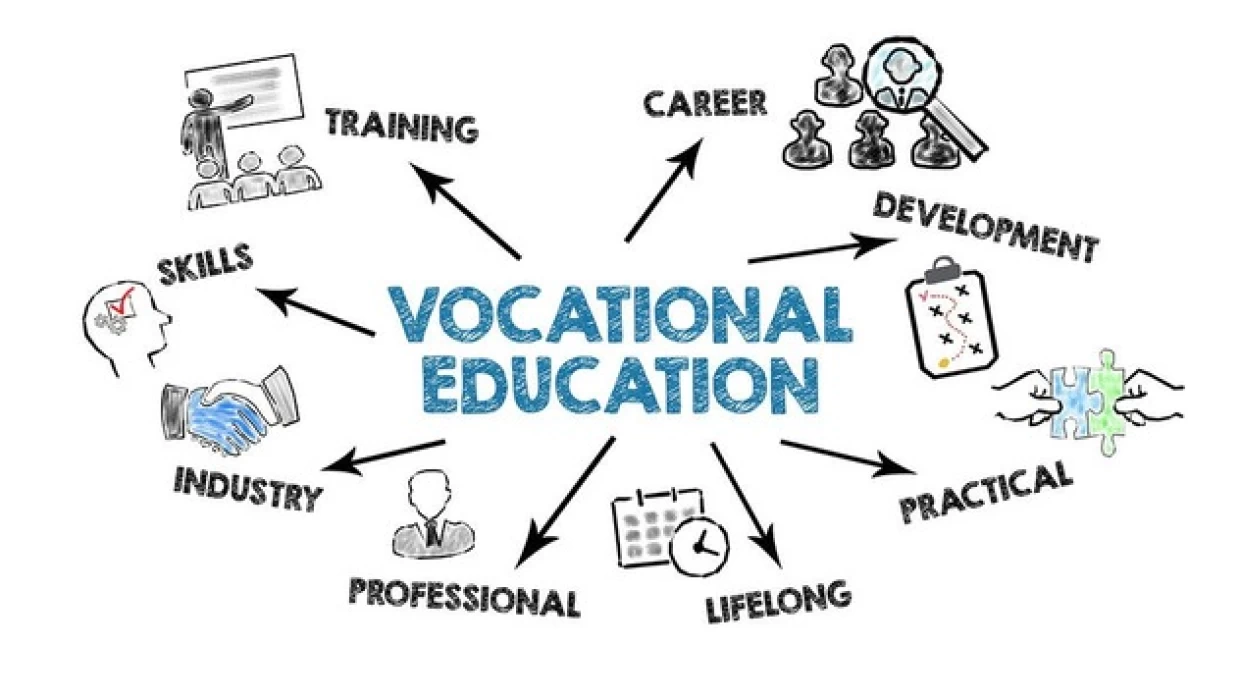




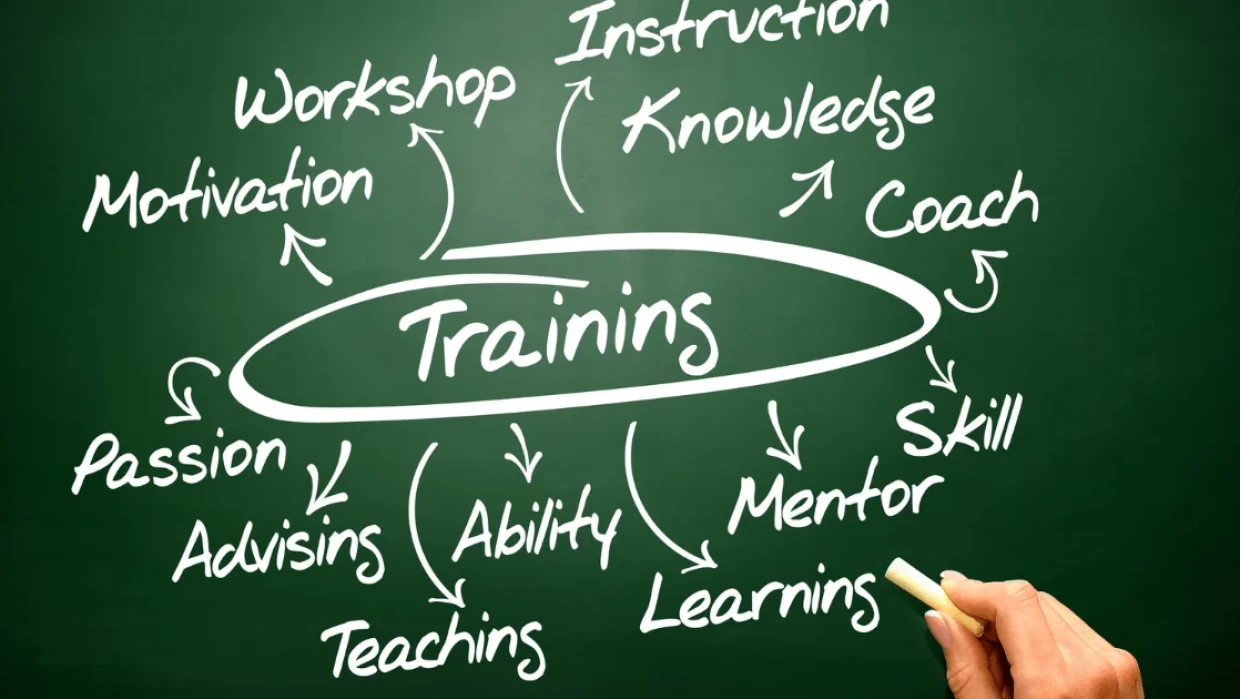

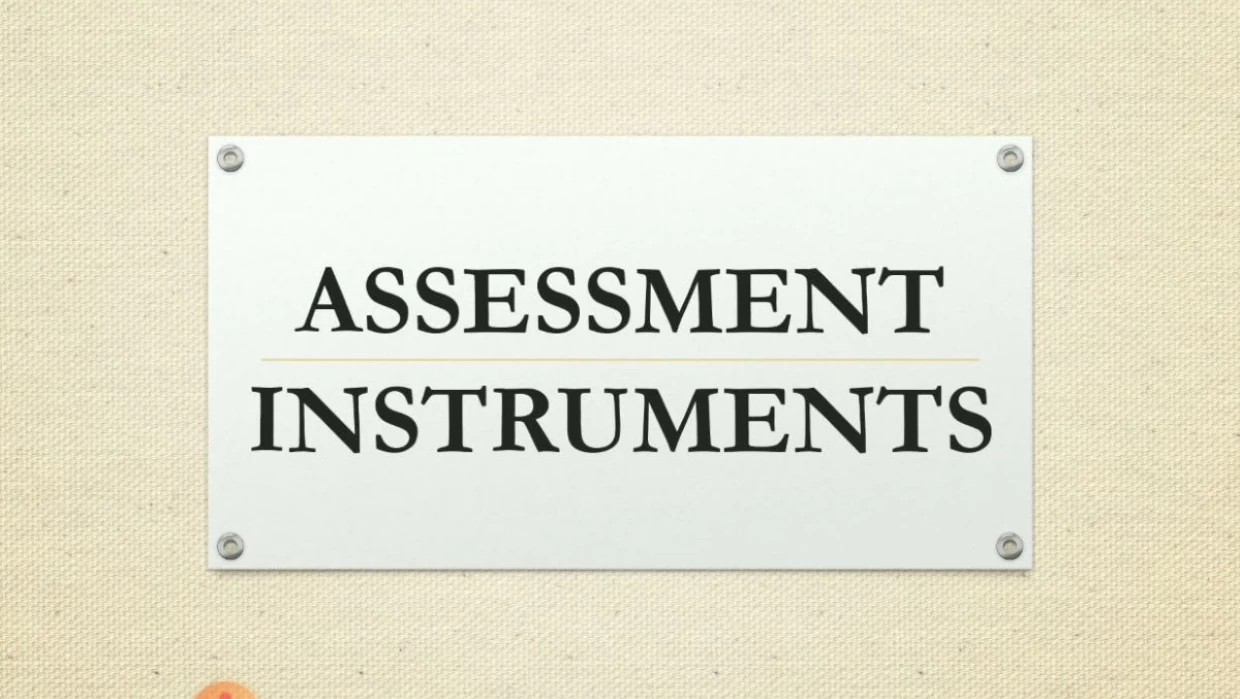





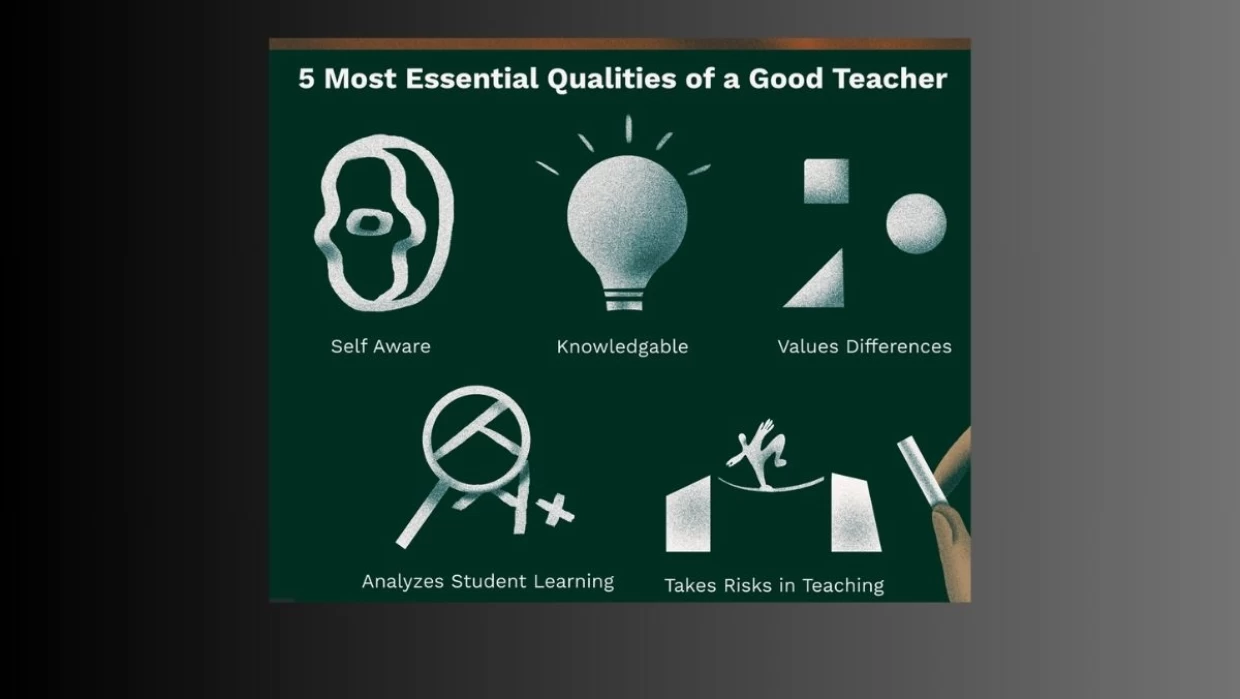
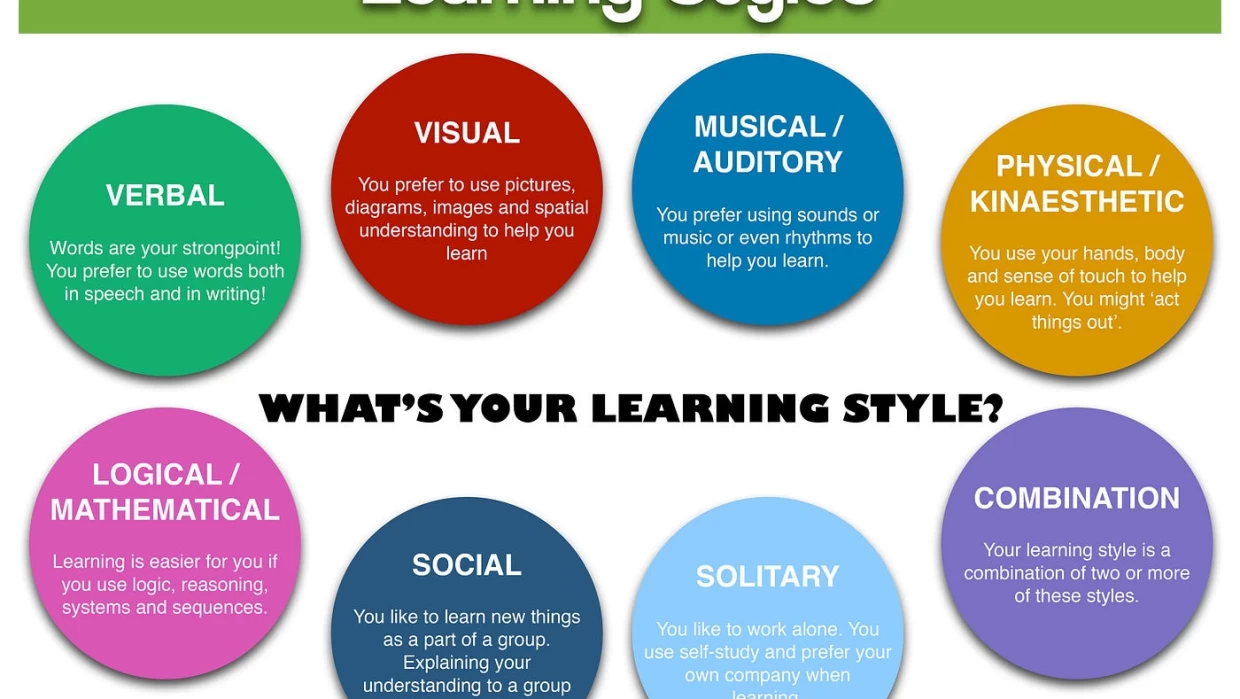
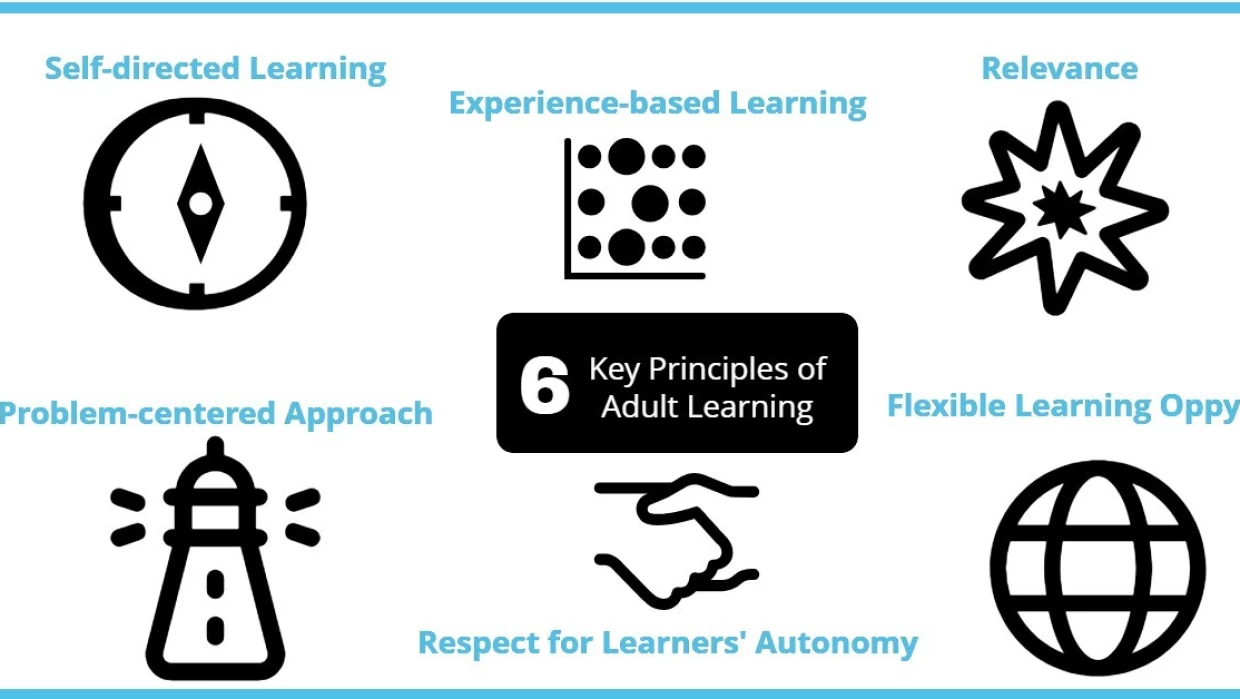














We would be delighted if you could get in touch with us.
Your email address will not be published. Required fields are marked